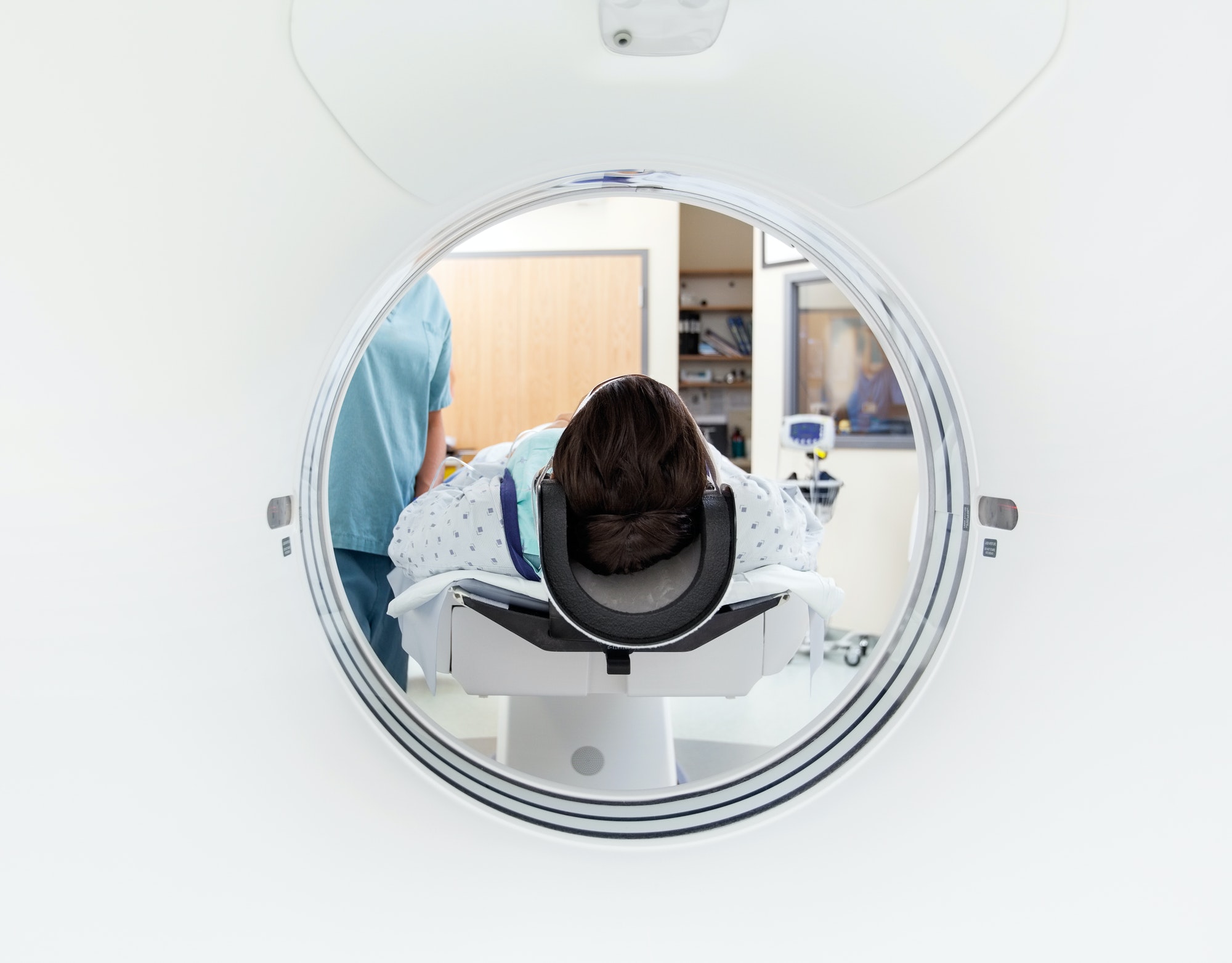In the realm of medical imaging, particularly with PET/CT scans, a new study highlights a significant factor that has often been overlooked: the position of a patient’s arms. Conducted by a team of radiologic technologists in Japan and led by Dr. Ken Takada of Ogaki Municipal Hospital, this study delves into the intricate relationship between patient positioning and radiation exposure during whole-body PET/CT scans.
This research, published on January 4 in the journal Radiography, uncovers that the arm position of patients – whether raised or lowered – notably affects the radiation dose they receive during these scans. The findings are crucial, especially considering the common practice in diagnostic scans. Typically, for head and neck imaging, patients are positioned with their arms at their sides, while torso scans often require arms to be raised above the head. However, the impact of these positions on radiation exposure had not been extensively reported until now.
The study assessed 732 oncology patients who underwent F-18 FDG whole-body PET/CT scans at Ogaki Municipal Hospital from January to June 2019. The patients were categorized based on their arm positions during the scan – raised or lowered. A detailed analysis, including multiple linear regression, was conducted to predict the effective radiation dose based on factors like sex, weight, and arm position.
Key findings include that the group with arms lowered experienced higher radiation exposure, with the median dose being 1.1 times higher than those with arms raised. Notably, this difference was more pronounced in patients with higher body weight. Additionally, the study found that female patients had increased radiation exposure, potentially linked to a higher body mass index.
However, it’s important to note that the scans in this study were performed for attenuation correction, a method that aligns PET and CT images to enhance resolution, and already uses a low-dose CT protocol. Therefore, the increased radiation dose for arm-lowered positions is not considered extremely high.
The implications of this study are significant for certain patient groups. Patients who cannot raise their arms due to trauma, pediatric patients, and elderly patients with shoulder pain are often scanned with arms lowered. This research suggests that for these groups, the radiation dose remains acceptably low, providing reassurance that arm position can be adjusted to patient comfort without significantly compromising safety.

